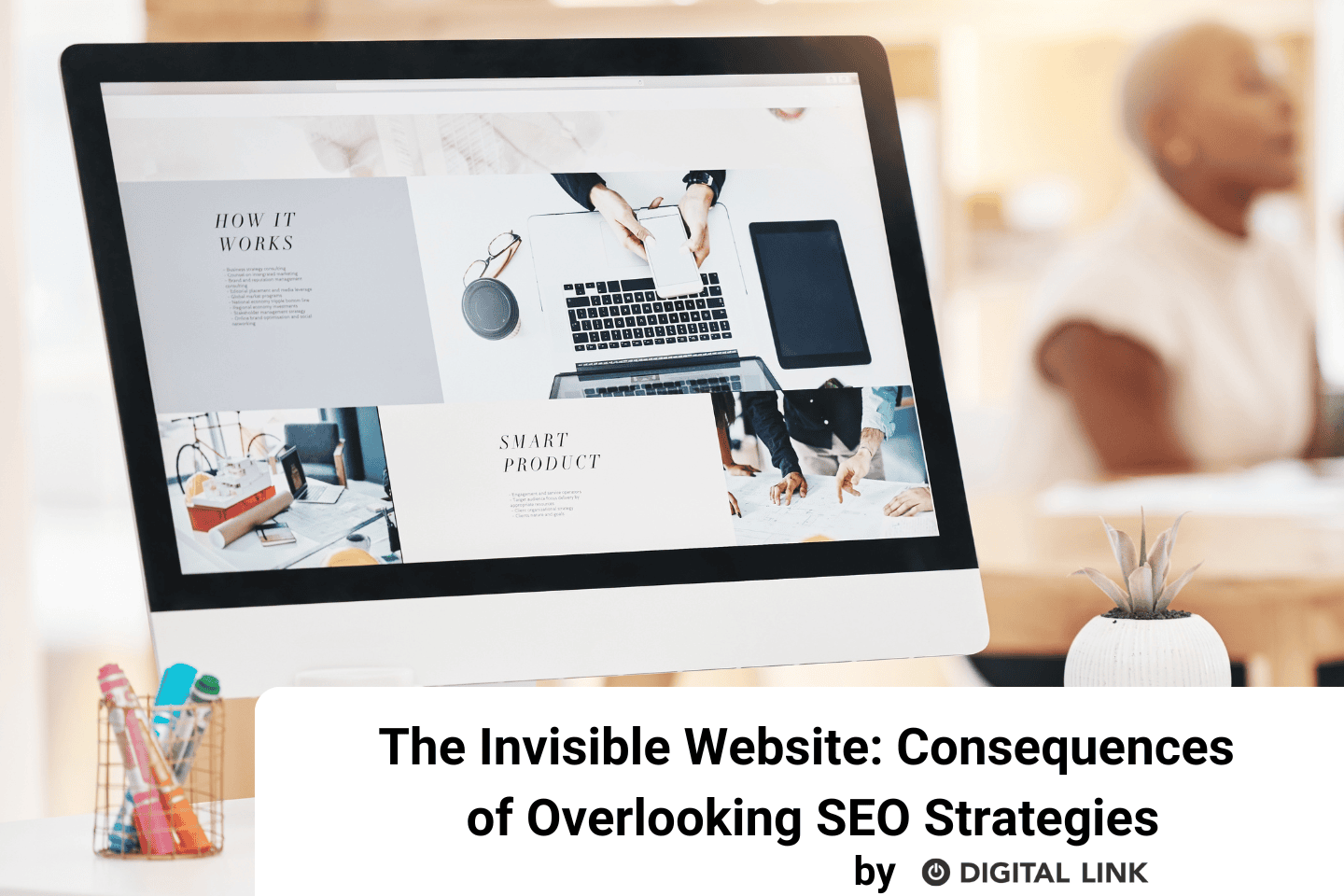
You’ve probably heard the term “website optimization”, but do you know what it actually means? It is often used synonymously with search engine optimization, which is the process of making your website rank higher in the search engines. But it’s actually quite different.
Whereas SEO (search engine optimization) has the goal of capturing leads, website optimization has the goal of turning those leads into customers. Essentially, optimization of a website means you are using techniques, tactics and resources to increase the site’s ability to convert the people visiting (including the ones who found you on Google) into customers. It can include things about the site design (making it easy to navigate) to more complex things, like pop ups and keywords.
However, converting clients isn’t always as simple as getting them to buy. Especially if you have a higher cost product/service, or if you have a lot of competition, there is going to be a longer “wooing” period before you go on your first date. That’s right – I’m reducing your life’s work to a dating metaphor. Roll with it.
Sometimes, conversions can simply look like filling out a form for more information (signing up for online dating, if we want to beat this metaphor to death) or signing up for something free. Good website optimization, therefore, might simply be defined as “getting visitors to do what you want them to do”.

What is a search engine?
In basic terms, search engines give users the ability to scour the internet for content using specific keywords. For example, if you type “fuzzy cats” into a search engine, a search engine results page (SERP) is returned, and ranks the pages in order, which will differ depending on the search engine you are using.
How do search engines work?
Search engines work in three different ways. Crawling is when search engines implement spiders, bots or crawlers to search the world wide web. Indexing is when the search engine organizes content on web pages using specific keywords. This is where understanding SEO best practices plays a key role in your website (cough, cough, we know some people!). Lastly, ranking is based on things such as keyword distribution, speed and links. The goal for all search engines, is to give its users the most accurate results.
How do you optimize your website?
So you have your site, www.fuzzycatsarecool.com. It’s got the greatest fuzzy cats and fuzzy cat accoutrements on the market today. But alas, no one is partaking.
How do you actually optimize your site so people do what you want them to do?
That’s a complicated question, but it’s important to start with these three steps:
1. Figure out what you want visitors to do.
Your website shouldn’t be a digital brochure. It should serve as an online salesperson. If you don’t have a clear call to action on your site, you are leaving money on the virtual table. The easier the call to action, the more likely you are to get results. It might be that you want them to buy a fuzzy cat. Or, it might be that you want them to sign up for your fuzzy cat livestream, because you know that once they see that, the cats will sell themselves.
Ask yourself this: if someone was just checking you out for the first time, what simple step would you want them to take?
2. Start measuring your current conversions.
If you haven’t already started doing this, the time to start is yesterday. It’s incredibly difficult to improve something that you haven’t quantified. There are often built-in analytics on your site, but if not, many plug-ins offer insights into how you are performing. If you don’t have a favourite analytics program, you can start with Google Analytics. Monitor where people are coming from, how long they are staying on your site, the path they take, and how many click the link you want them to.

3. Set a goal.
Again, it’s hard to improve if you don’t have a definition of “improved” in mind. You need to understand what is realistic, so you know what milestones to celebrate. It’s hard to tell you what to look for, as it will be different for every industry and every call to action. However, a great goal is to improve by 10% each month. If, in step 2, you discover that you are only getting 100 people to sign up for your newsletter in a month (your preferred call to action), then aim to get 110 the following month. If you sell 1,000 fuzzy cats in month one, a few tweaks could mean you are selling 1610 fuzzy cats in six months.
Test and experiment. Change only one variable at a time until you have reached your goal. Make sure you are monitoring the effect on your bottom line. Improvement might not always mean more customers. Customer loyalty and expenditure per person are often more important metrics
Improving your website optimization is a science. It takes a lot tweaking and monitoring. You will want to test things with real people and get feedback. But it’s a worthwhile investment.
There is also no guaranteed way to “get to the top of google!” Search Engine Marketing (like Google Ads) is different from organic SEO. If you want help with this, you’ve found yourself on the blog of a company that does this very work. What a coincidence! Reach out, and we might just be able to make your website your hardest working salesperson.
Liked this article?
We are adding more useful articles to our blog every week! Join our subscribers to stay up to date on digital security, marketing, and social media trends.
By entering your email, you agree to receive our monthly newsletter. You can unsubscribe at any time!


